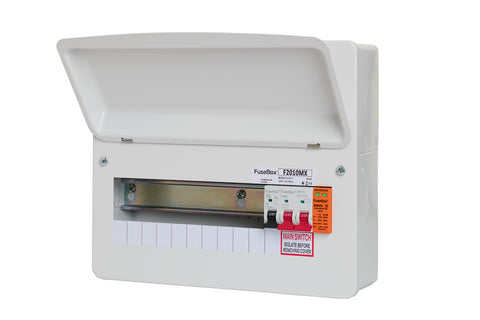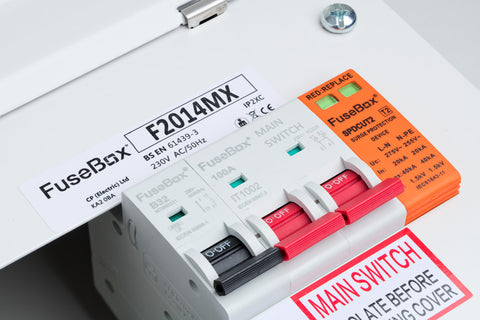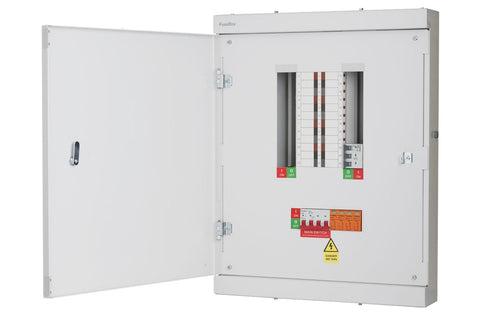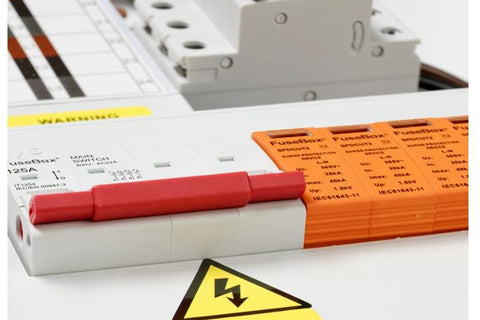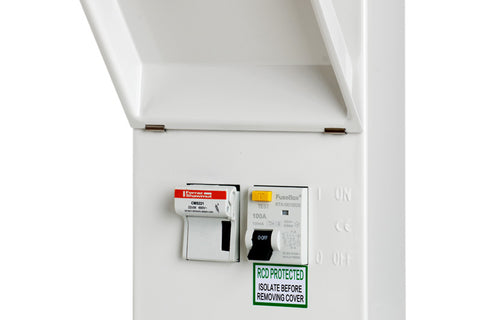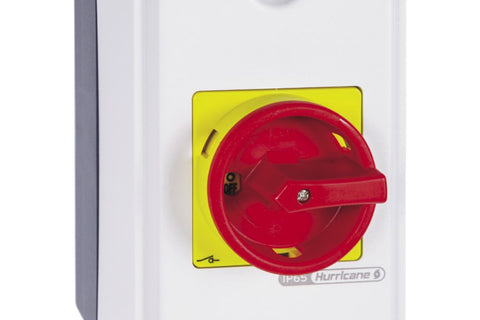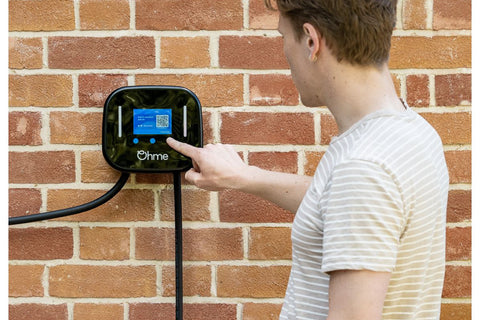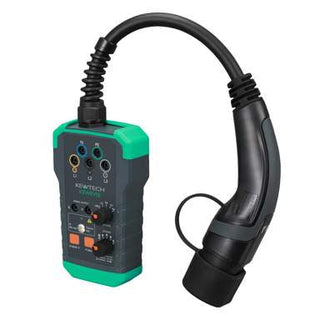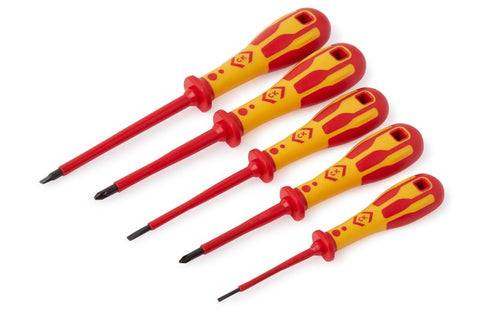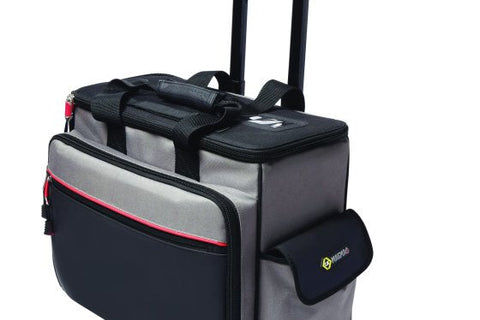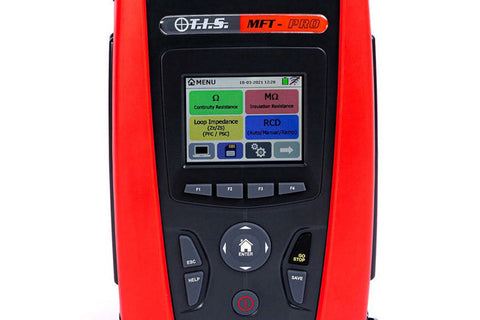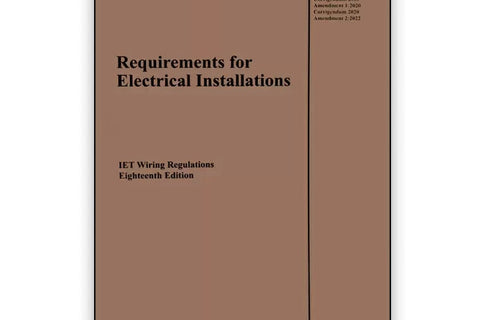Surge Protection FAQ
Surge Protection
Surge protection is a mechanism designed to safeguard electrical devices and systems from sudden voltage spikes or surges, which can potentially damage or degrade equipment.
Surge protection is advisable in the UK, particularly in areas prone to lightning strikes or where electrical grid fluctuations are common, to protect sensitive electronics and appliances.
While not mandatory, surge protectors offer valuable protection against unexpected voltage spikes, providing peace of mind and safeguarding expensive electronic equipment.
Devices such as computers, TVs, audio systems, gaming consoles, appliances with microprocessors, and networking equipment benefit from surge protection.
Surge protection devices (SPDs) are typically installed at the main distribution panel or consumer unit to protect the entire electrical system. Additionally, individual devices can be protected with surge protectors at the point of use.
Yes, surge protection is worth the investment, especially for valuable electronics and appliances, as it helps prevent costly damage from voltage spikes.
Yes, surge protectors effectively divert excess voltage away from connected devices, provided they are properly installed and meet relevant safety standards.
No, not all power boards have surge protection. It's essential to check the specifications of the power board to determine if surge protection is included.
The lifespan of surge protection devices can vary, but they typically last several years. It's advisable to replace surge protectors if they have been exposed to significant surges or if they show signs of wear or malfunction.
Signs that a surge protector may need replacing include visible damage, a lack of indicator lights, or devices connected to it experiencing issues despite proper power supply.
Yes, surge protectors are designed to remain connected and operational at all times to provide continuous protection against voltage spikes.
Surge protectors are not designed to protect against power outages. However, some models may feature additional battery backup capabilities to provide temporary power during outages.
Surge protectors are designed to divert excess voltage away from connected devices but do not directly affect the operation of circuit breakers.
Surge protectors may shut off if they detect a significant surge or if they have reached their capacity to safely dissipate excess voltage.
Having an SPD installed in the consumer unit is highly recommended as it provides comprehensive protection for the entire electrical system.
While not a legal requirement, installing an SPD is considered best practice and is often recommended by electrical safety standards.
An SPD, or Surge Protection Device, is a device designed to divert excess voltage from electrical circuits to protect connected equipment from damage during voltage surges.
When an SPD fails, it may no longer provide adequate protection against voltage surges, potentially leaving connected devices vulnerable to damage.
Regular testing and monitoring can help ensure an SPD is functioning correctly. Additionally, some SPDs feature indicator lights or alarms to indicate operational status.
While it's common to install an SPD near the main switch or consumer unit, the exact placement may vary depending on the specific electrical installation and requirements.
It's advisable to install an SPD for new circuits, especially in areas prone to voltage surges, to ensure comprehensive protection for all electrical equipment.
The installation of SPDs should comply with relevant electrical regulations and safety standards, following manufacturer guidelines and best practices.
While not mandatory in all domestic settings, installing SPDs is recommended for enhanced protection against voltage surges and to safeguard valuable electronic equipment.
SPDs are typically installed by qualified electricians near the main distribution panel or consumer unit, where they can provide protection for the entire electrical system.
The choice between Type 1 and Type 2 SPDs depends on factors such as the level of lightning activity in the area and the specific requirements of the electrical installation.
Surge protection has become increasingly recognized as essential for electrical safety, with its importance emphasized in modern electrical codes and standards.
Type 2 SPDs are commonly used for domestic applications to provide protection against transient voltage surges in the electrical system.
While surge protection is not universal in UK houses, it's increasingly common in newer installations or where homeowners have chosen to retrofit protection devices for added safety.
While it's common to install SPDs within consumer units for centralized protection, alternative installation methods may be suitable depending on the electrical system configuration and requirements.
